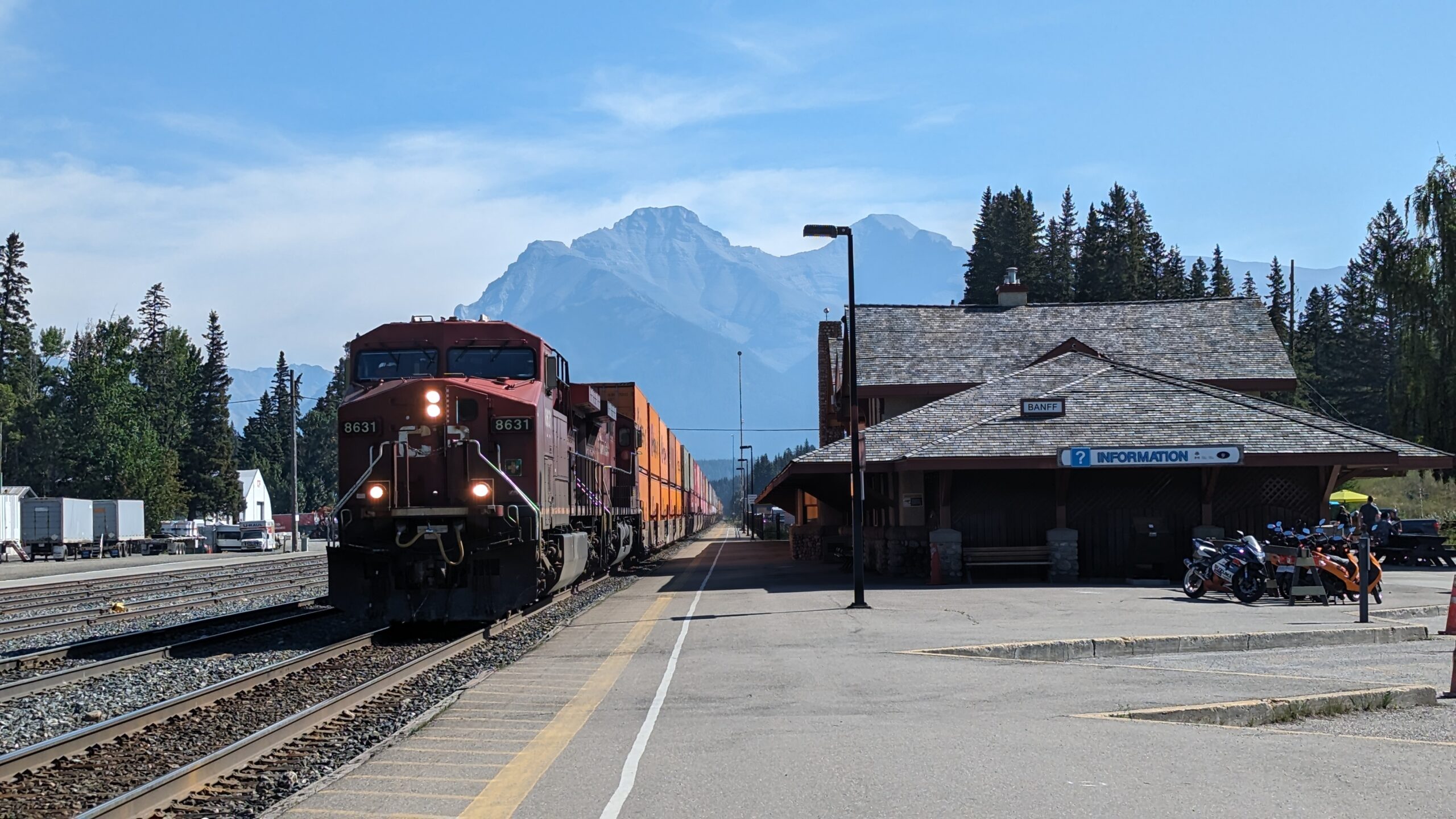Discovering Canada Through the Heritage of the Railway
Canada is a vast, rugged and beautiful land of scenic landscapes steeped in the culture, stories and traditions of its peoples.
While millions of Canadians choose to vacation abroad each year, the unexpected and rapidly evolving geopolitical situation of 2025 has inspired many to look closer to home for their holidays this summer, forged from a rejuvenated pride in Canada and what it means to be Canadian.
Canada’s historic places provide one of the most fulfilling ways to discover Canada – and there is no better way to explore this great land than through the heritage of the railway.
The inspiration for Canada’s great national story, the railway is a unique link to earlier generations, and peoples, and is unparalleled for exploring the vastness of the landscape and taking in the scenery. Historic sites, museums, preserved lines and surviving routes all tell the story of the railway and provide a glimpse into how we came to forge a country that is distinctively Canada, uniquely our own.
Railways and Nationhood: Building, Connecting, Reflecting
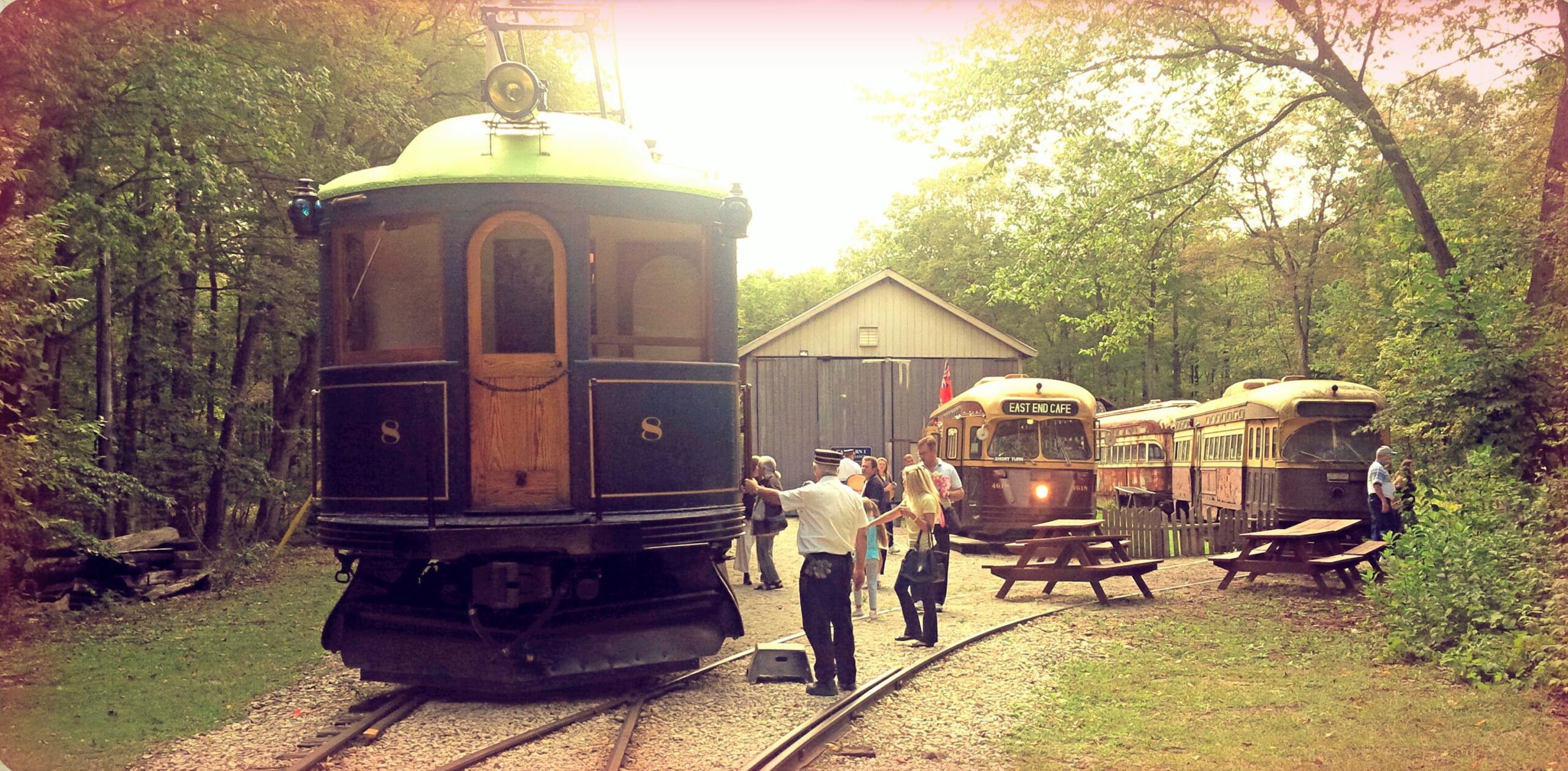
London and Port Stanley Interurban Car – Halton County Radial Railway.
Canada’s Centennial of Confederation in 1967 was another time in history when we looked to the past as a foundation for what it means to be Canadian. One of the great creative expressions of that year was a song, “Canadian Railroad Trilogy” written and performed by Gordon Lightfoot.
The song commemorates the building of the national transcontinental railway, linking Canada’s provinces from the Atlantic to Pacific oceans. The song is also reflective, acknowledging the toil of the “Navvies”, many from China, working for a dollar a day in often dangerous conditions to fulfil the National Dream.
In 2025 we also see the construction of the railways through a broader lens that considers the devastating impacts on Indigenous peoples contributing to their dispossession, economic hardship, and cultural disruption. The Canadian Pacific Railway (CPR) facilitated rapid settlement and development, disrupting traditional ways of life and hunting territories and forcing Indigenous peoples onto reserves.
All things considered, the linking of Canada with a ribbon of steel from east to west, by a people whose primary means of overland transport to that point was the horse and carriage, remains a remarkable achievement in our history. It formed a country and enabled the prosperity that we continue to enjoy today – to go on to engage in compassionate actions like peacekeeping and universal health care that help make our country and the world a better place.
In the 140 years since the last spike was driven on the Canadian Pacific Railway at Craigellachie, British Columbia, the construction of the national trans-continental railway stands as one of the preeminent national myths of Canada. Taking the journey across Canada by train from Atlantic to Pacific, is still regarded as an essential rite of passage for Canadians old and new.
From Coast to Coast: Canada’s Railway Heritage Sites
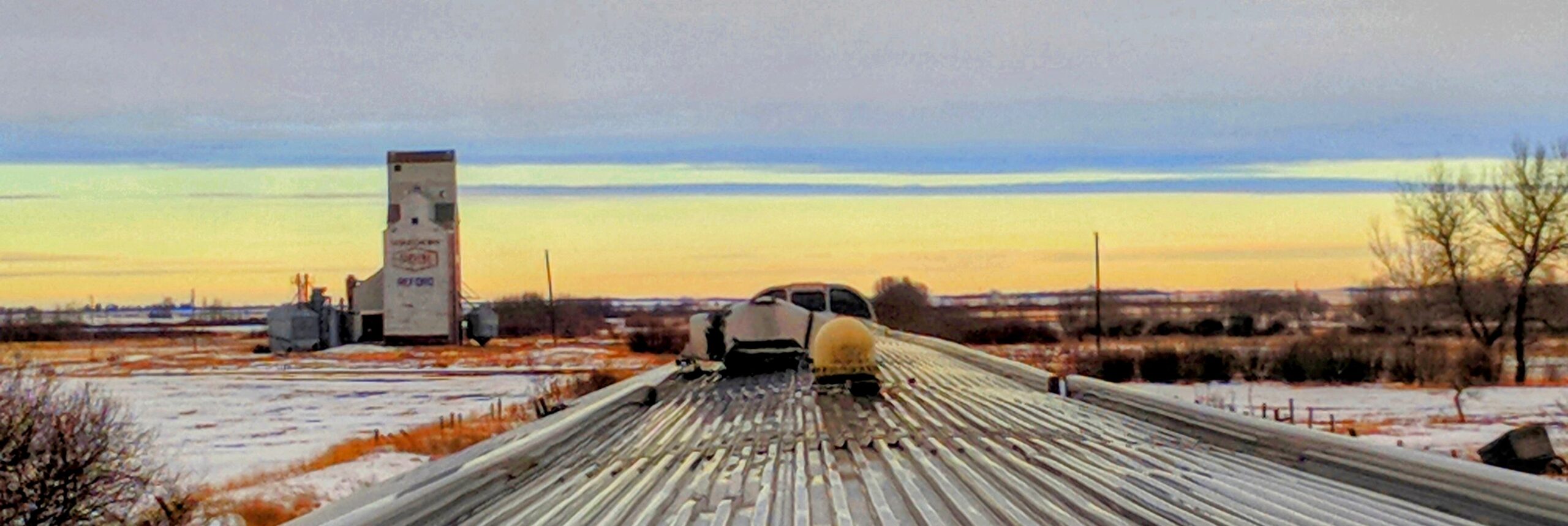
The Prairie landscape as viewed from the VIA Rail Canadian.
The Via Rail passenger rail network, particularly the Canadian, from Toronto to Vancouver, provides a unique and current perspective on the immense and diverse landscape upon which Canada’s story since time immemorial played out. The route is a virtual art gallery on wheels, and a museum to ingenuity. The use of the streamlined sleeper cars, dining cars, and observation cars that were built by the Budd Company for the Canadian Pacific in 1954, complements the sensation of a journey through space and time. Riding the Park Car through the Rocky Mountain passes and waking up from a sleeper car berth to a vast Prairie sunrise, it is clear that the traveller’s experience nurtures a deep connection with this land, not all that different than it was 70 or over 100 years ago. When completing the journey from Vancouver to Toronto by land and steel, one cannot help feeling a little more Canadian from the experience.
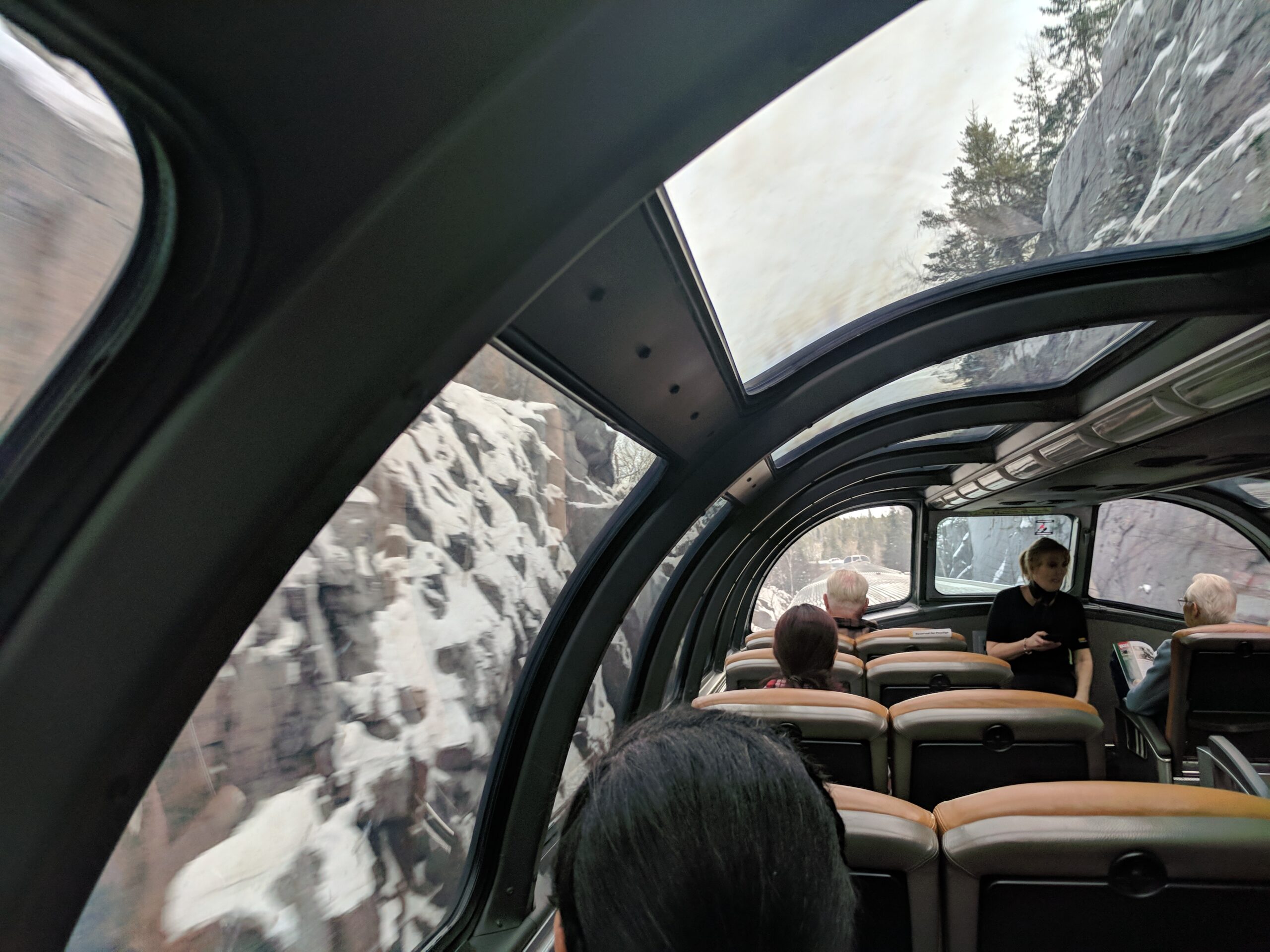
Canadian Shield landscape as viewed from the Canadian – Northwestern Ontario.
Since the opening of Canada’s first line, the Champlain and St. Lawrence Railroad in Quebec in 1836, railways have made an indelible impact on the settlement and landscape of Canada. Today Canada has a rich and significant railway heritage that can be found in nearly every region of the country.
In St. John’s, Newfoundland, the Railway Coastal Museum is in the historic Newfoundland Railway terminal, a National Historic Site on Water Street. It contains exhibits detailing the history of the Newfoundland Railway, a narrow-gauge line that operated on the Island of Newfoundland from 1898 to 1988. While the days of “The Newfie Bullet” may be gone, the station still serves a role in active transportation, as “Mile Zero” of the Trans Canada Trail.
Where the railways could not go, the lines often provided an important linkage to shipping through rail connections to ports and harbours, whether for Newfoundland coastal ferries, Yukon River steamboats or the Empresses of the Canadian Pacific Line.
Perhaps Canada’s most famous linkage between rail and ship transportation is Pier 21 in Halifax. Originally connected by overhead walkway to the Halifax Railway Station (1928) from which the VIA Rail “Ocean” departs for Montreal, Pier 21 National Historic Site, is a former ocean liner terminal and immigration shed, through which nearly one million immigrants came to Canada between 1928 and 1971 before beginning their second journey by rail across the country. The pier was also the departure point for 496,000 Canadian troops during World War II. The former immigration facility, with a vintage CN Railway Passenger Car displayed outside, is now the home of the Canadian Museum of Immigration, which recounts the beginning of so many Canadians’ stories.
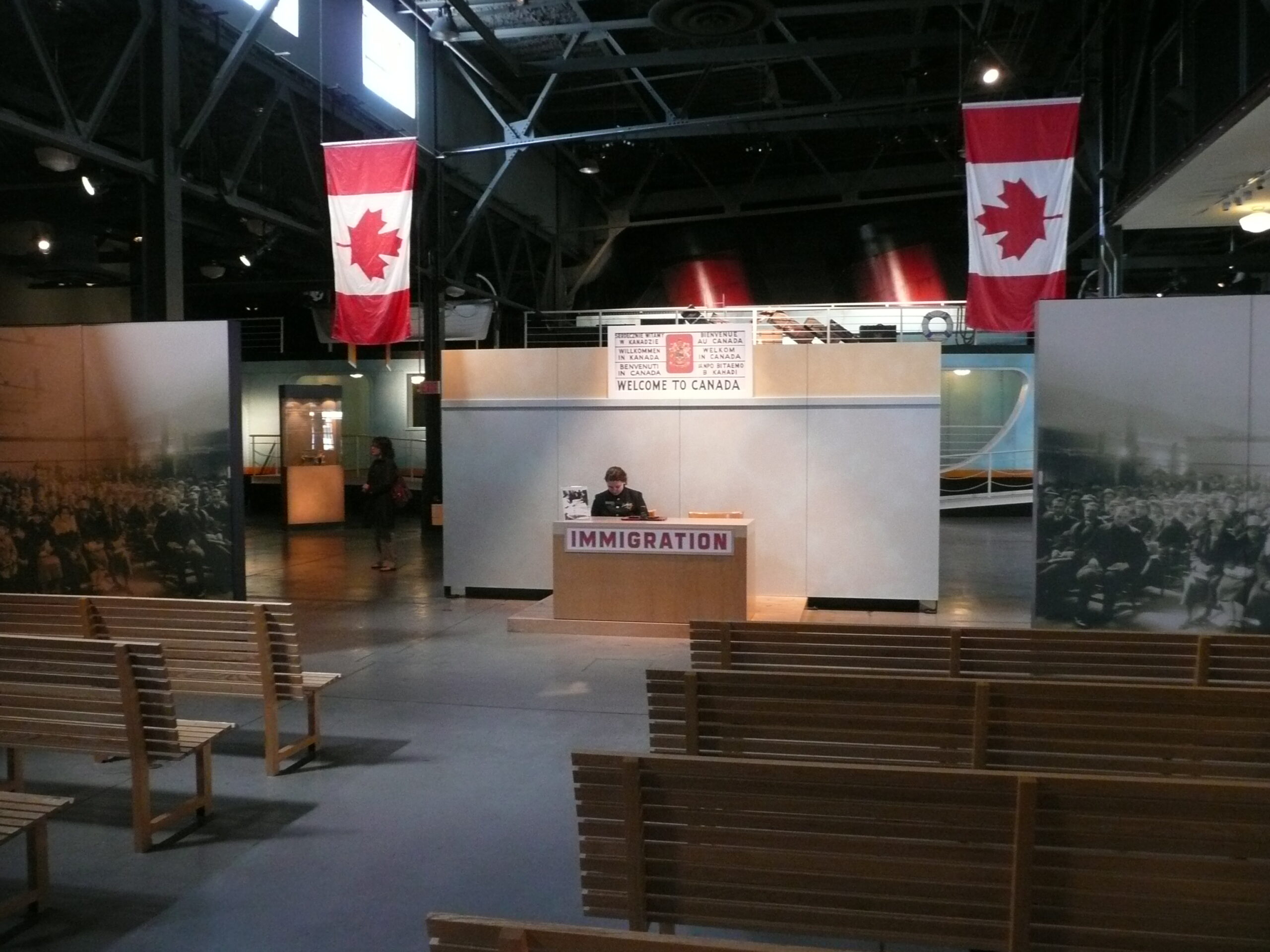
Pier 21, Halifax, Nova Scotia
Like Newfoundland, Prince Edward Island (PEI) also had its own island railway, which ran from tip-to-tip-to-tip between 1871 and 1989. The railway played a significant role in the journey of PEI’s most famous fictional Character, Anne of Green Gables. The real station that inspired author, Lucy Maud Montgomery, is at Kensington – a “Boulder Station” built of local field stone, which today serves as a tourist information centre. PEI’s rail heritage and its famous Rail and Passenger Ferries MV Abegweit, named after the Mi’kmaq word for the Island, are also interpreted at the Elmira Railway Museum, near East Point, PEI.
The city in Canada most associated with the railway is Montreal. Quebec’s largest city played a key role in the development of Canada’s first railroad. It was the headquarters of the Canadian Pacific Railway and the home of the CPR Angus Shops, where railcar, freight and locomotive manufacturing took place. It is fitting that The Canadian Railway Museum, known as “Expo Rail,” is located near Montreal at Saint-Constant, Quebec. Expo Rail maintains the largest collection of railway equipment in Canada. The museum also operates a streetcar line, interpreting the story of the Montreal City Passenger Railway.
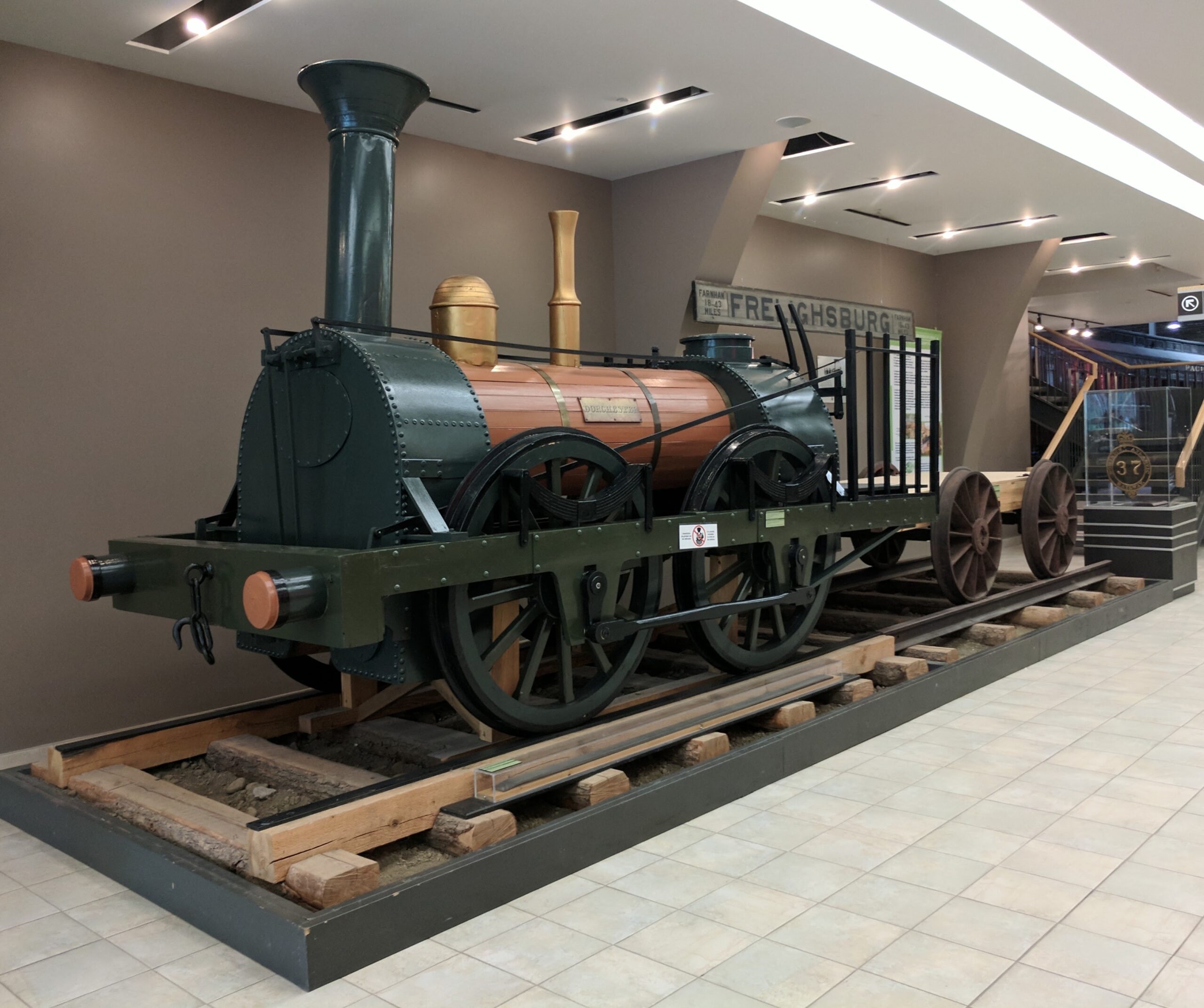
Expo Rail, Canadian Railway Museum, Montreal, Québec.
The hub of the Greater Toronto Area’s passenger rail network is historic Union Station, which opened in 1927 and today is a National Historic Site. Union Station is Canada’s busiest and most important transportation hub and recently underwent a multi-million-dollar, city-led revitalization. The restoration preserved and interpreted much of Union Station’s historic character including its famous Great Hall, inspired by ancient Roman baths of Caracalla and countless details from the golden age of rail travel.
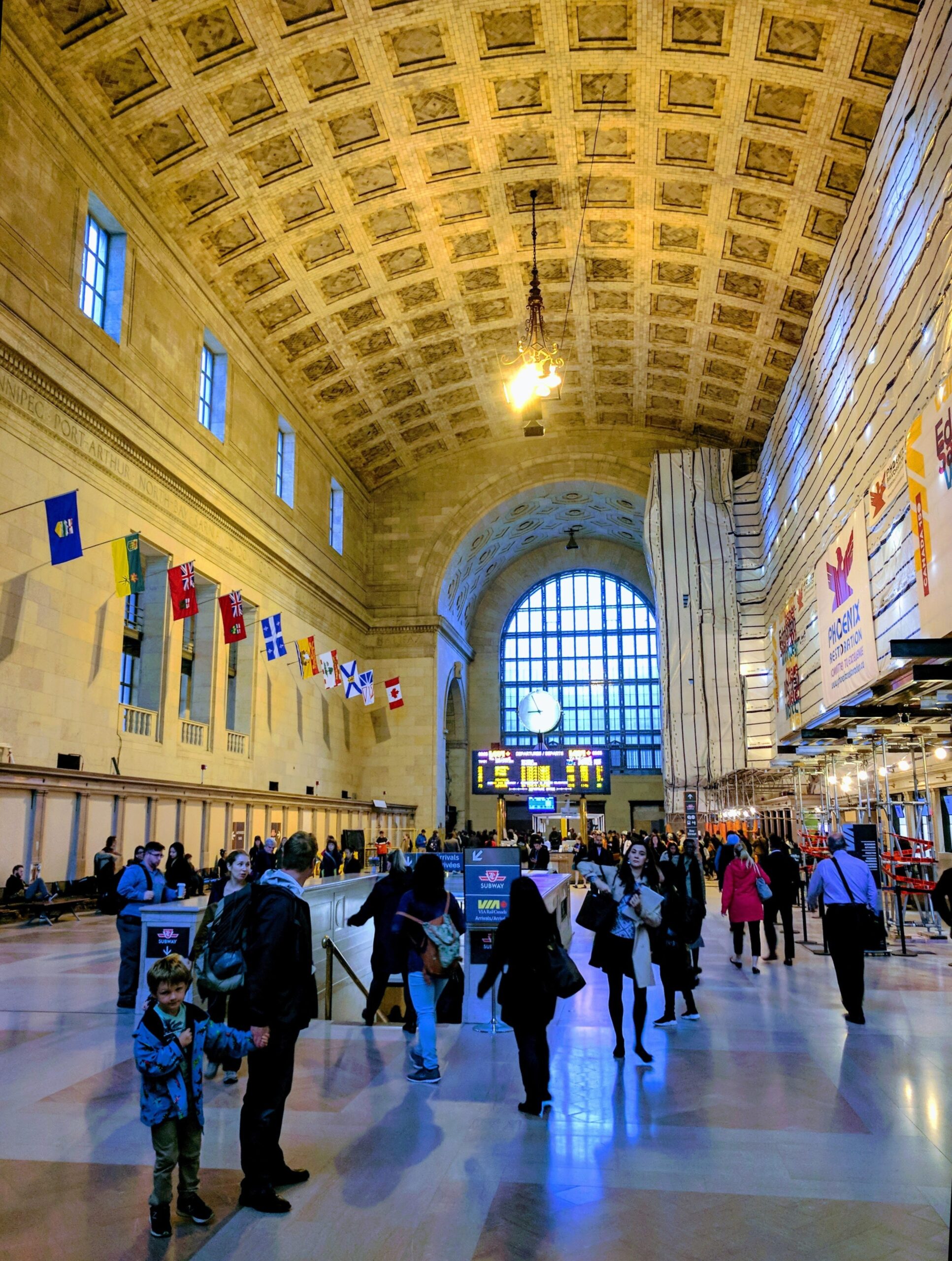
The Great Hall of Toronto Union Station, Toronto, Ontario.
A short walk from Union Station is the 1929-1931 John Street Roundhouse National Historic Site. Restored in the 1990s, the distinctive piece of railway infrastructure is home to the Toronto Railway Museum. Nearby is one of Canada’s most moving railway monuments, the Chinese Railroad Workers Memorial. Built in the form of a railway trestle, the site commemorates the contribution of the Chinese railway workers to the building of the CPR.
The juxtaposition of the railways during the age of steam and the scenic landscapes of Canada’s West are part of Canada’s early tourism iconography. It remains so today at the Kettle Valley Steam Railway, a heritage railway near Summerland, British Columbia. One of the National Trust’s Passport places where National Trust members can visit for free, the steam railway travels along a 16 kilometer stretch of the Kettle Valley Railway, a subsidiary of the Canadian Pacific Railway which operated trains across Southern British Columbia from 1915 to 1961. Visitors can ride a train pulled by a 1912 Canadian Pacific Railway steam locomotive, through the orchards and vineyards of the Okanagan Valley, across the Trout Creek Trestle, built in 1913. The remainder of the railway’s original route provides good hiking opportunities having been converted to a section of the Trans-Canada Trail.
Recognizing the traditional territories upon which Canada’s railways are located and the impacts of the coming of the railway on Indigenous peoples, several railway museum sites are actively working on Reconciliation initiatives. One of these is the Revelstoke Railway Museum, in British Columbia. The museum which features rolling stock and exhibits is actively partnering with the Indigenous Friendship Society and featuring Indigenous perspectives on the exhibits.
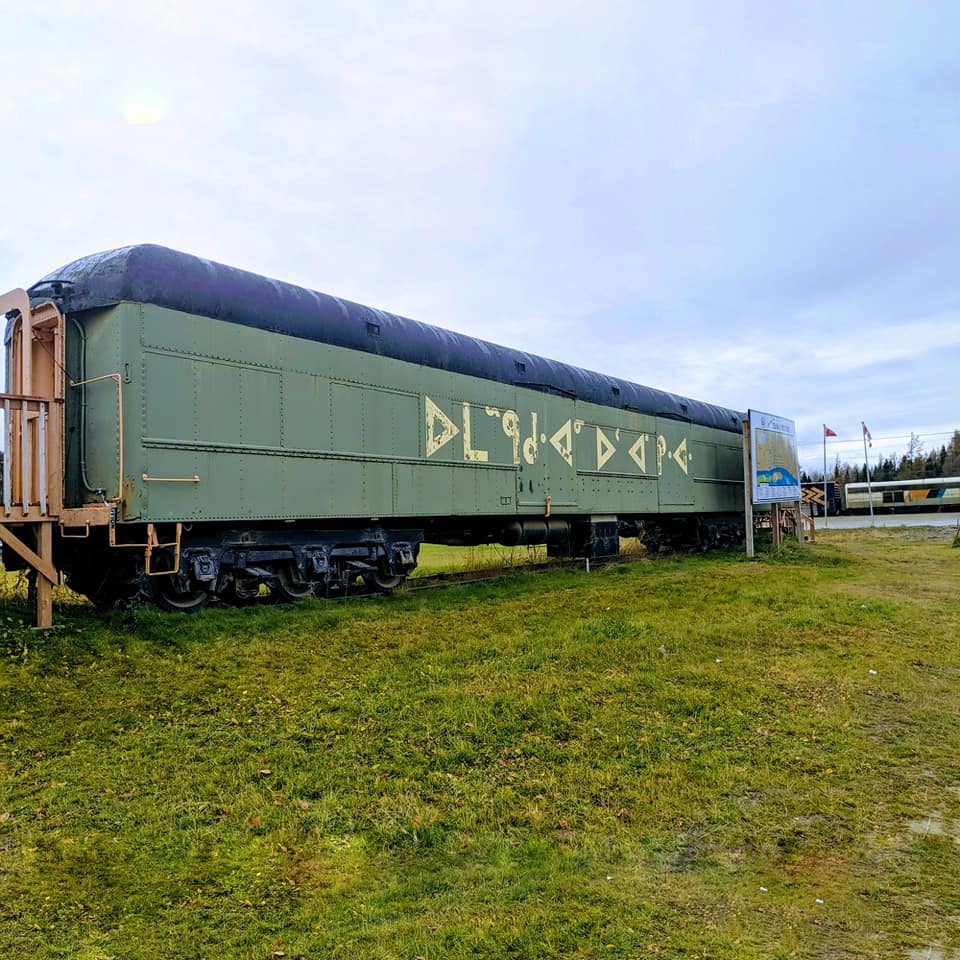
Moosonee Rail Car Museum.
As our journey through Canada’s railway heritage approaches the west coast, a new railway museum is emerging just outside the community of Hope, British Columbia, at the historic 1916 Canadian National Railway Station. Facing demolition, a grassroots community campaign rose up to save it. In the process it was discovered that, in 1942, over 800 Japanese Canadians crossed the train platform on their way to internment camps. In 2022, the station was purchased and relocated by the Tashme Historical Society, where it will be rehabilitated into a vibrant storytelling hub with a museum and visitor centre, restaurant and co-work office spaces, so that visitors can better understand how it played a role in the history of the Japanese Internment Camps. While the restoration is taking place, the story of this historic railway heritage site is told at the Cascades and Canyons Visitor Centre in Hope.
A Journey Through Time, Memory, and Place
From Coast to Coast, and to the Territories, the history of the railway is deeply intertwined with the story of Canada. Railways have played a critical role in our development as a country and in shaping our identity.
It should be no surprise that Canada has a substantial network of railway heritage sites and experiences that tell our many stories. A common thread of heritage brings us all closer together, just as Gordon Lightfoot did, with the Canadian Railroad Trilogy — a must-have on every Canadian’s railway heritage summer playlist.
All photos were provided by the author, Michael Seaman.

